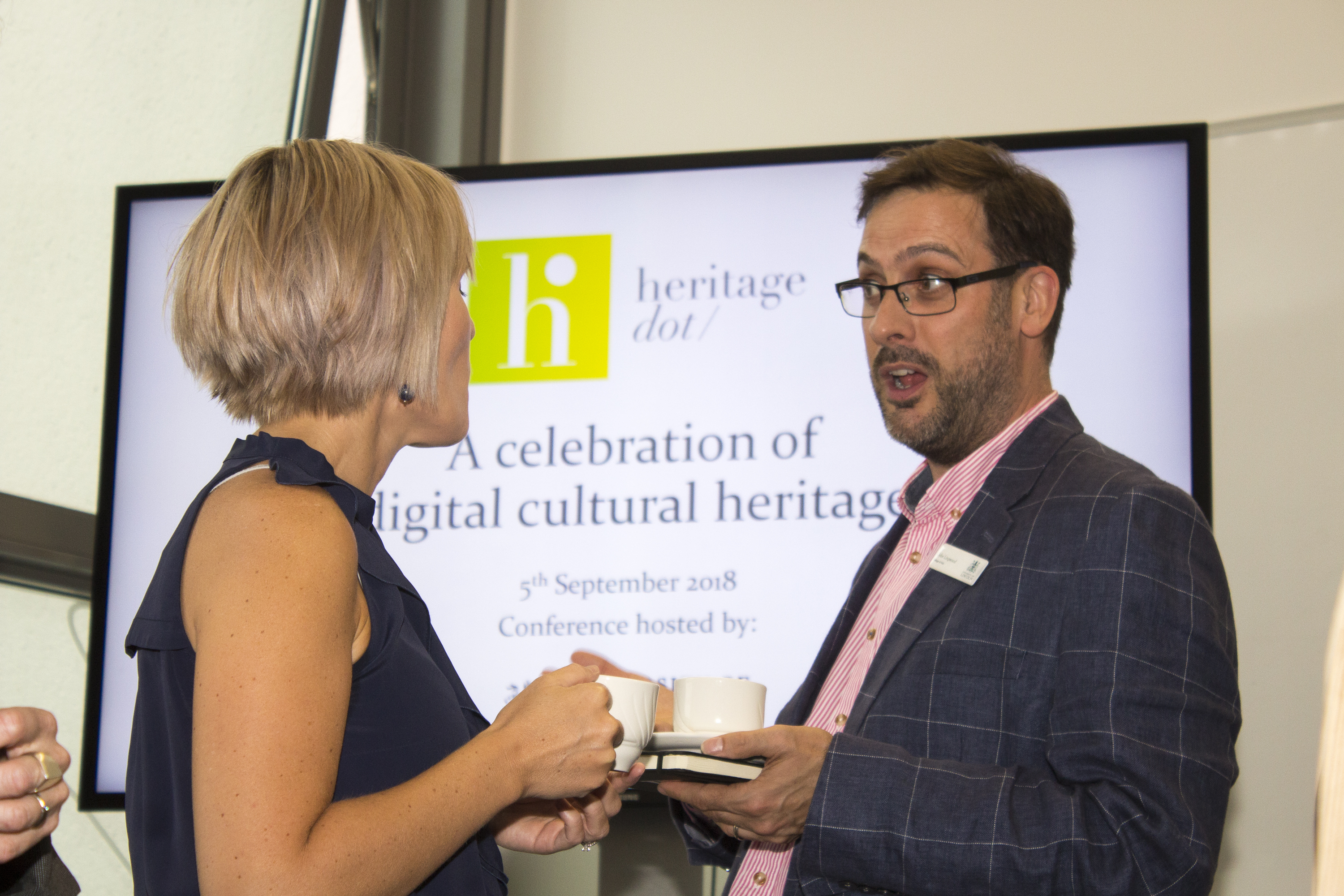
Heritage Dot 2019 Conference
In June 2019 C4CC and The University of Lincoln hosted Heritage Dot, Lincoln’s inaugural digital heritage conference that explores the exciting collision between the worlds of digital tools and technology and cultural heritage.
Heritage Dot is a University-inspired initiative to promote digital cultural heritage, a rapidly-expanding area that is creating new relationships between past and future, tradition and innovation and enabling new audiences to reinterpret the past and technologies of the future to reimagine professional practice.
Headline contributors at the event included:
- Diane Lees CBE, Director-General of the Imperial War Museums
- Sukhy Johal MBE, Director of the Centre for Culture and Creativity at the University of Lincoln
- Matt Lee, Head of Film at the Imperial War Museums
- Professor Chris Speed, Chair of Design Informatics at the University of Edinburgh
- Tom Steinberg, Digital Lead at The National Lottery Heritage Fund
- Professor Melissa Terras, Professor of Digital Heritage at the University of Edinburgh
- Professor Mary Stuart CBE, Vice Chancellor at the University of Lincoln.
The conference was organised by the Centre for Culture and Creativity and the University of Lincoln and jointly hosted by the Imperial War Museums and The National Lottery Heritage Fund.
It also involved partners from across the region including Museums and Development East Midlands, the Lincolnshire Heritage Forum and Lincolnshire County Council.
Attendees of the conference included professionals and researchers from the heritage sectors including galleries, museums, libraries and archives, commercial and not-for-profit organisations.
Key themes of the two-day conference included participation, platforms and partnerships with a series of intersecting themes including work that reflects the role of institutions in relation to digital heritage including 21st Century, divided memories, tipping technologies, outreach and education and communities.
Sukhy Johal, Director of the Centre for Culture and Creativity, said:
“Introducing more digital technology into the sector provides key and exciting tool to give people increased access to the rich heritage we have on offer, both at larger institutions to smaller, independent museums.
Heritage Dot brought together researchers and professionals from a huge range of heritage sectors to ‘join the dots’ of emerging technologies, best practice and to create essential networking opportunities for those that can often feel isolated or lacking in resources and expertise to reach increasing discerning, diverse and hard to reach audiences.”
More information about Heritage Dot, including slides from this year’s conference can be found on the Heritage Dot website.
